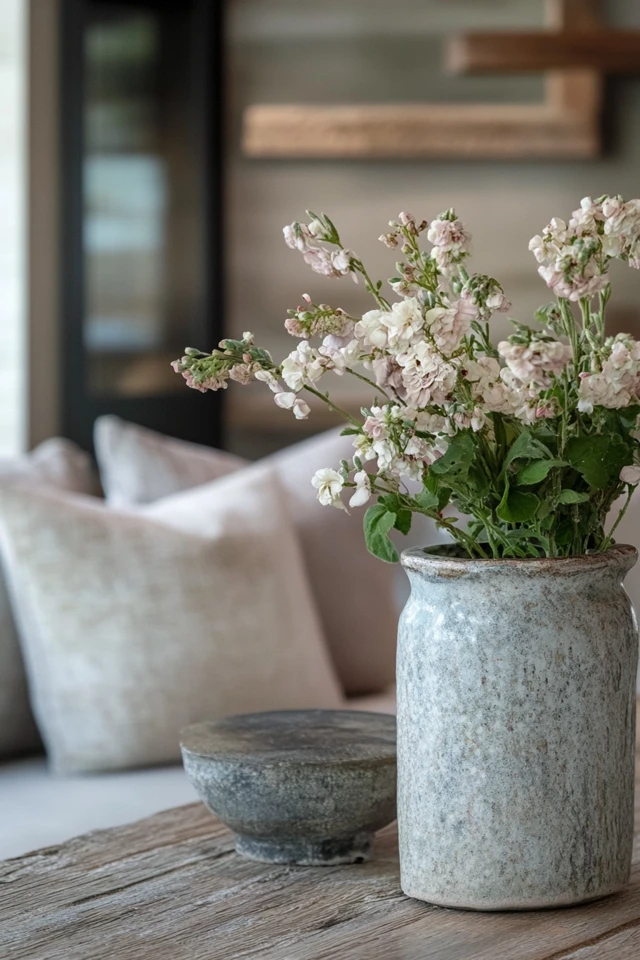Introduction
Coastal-inspired design is often associated with breezy whites, calming blues, and a relaxed, beachy vibe – but what if you want to make it your own? The beauty of coastal design is its versatility. By mixing and matching styles, you can create a custom space that combines the tranquil charm of the coast with elements that reflect your personality, interests, and lifestyle. Whether you’re a fan of mid-century modern, boho chic, or industrial aesthetics, coastal design can adapt and complement almost any style.
My journey into mixing coastal with other styles started when I moved into my first home. I loved the serenity of coastal design but didn’t want to let go of my eclectic collection of vintage furniture, bohemian rugs, and modern art. Instead of sticking to a single theme, I decided to blend them together. The result was a space that felt uniquely mine – coastal at its core, but layered with unexpected elements that added character and depth.
Mixing styles may sound challenging, but it’s easier than you think. By focusing on balance, cohesion, and a few guiding principles, you can achieve a custom space that feels effortless and full of personality. Here are 10 coastal-inspired ways to mix and match styles for a space that’s truly your own.
The Perfect Design for You
Mixing coastal with other styles is ideal for anyone who loves the calm, breezy feel of seaside design but wants to add a personal twist. It’s perfect for creating a home that reflects your individuality while maintaining the relaxed, inviting atmosphere that coastal design is known for.
Picture a living room where a sleek mid-century modern sofa sits atop a natural jute rug, accented with driftwood decor and bold abstract artwork. Or imagine a dining area where rustic farmhouse elements like a weathered wood table meet coastal-inspired shell chandeliers and ocean-toned dinnerware. This blend of styles creates a custom look that’s layered, cohesive, and undeniably stylish.
Picture Gallery
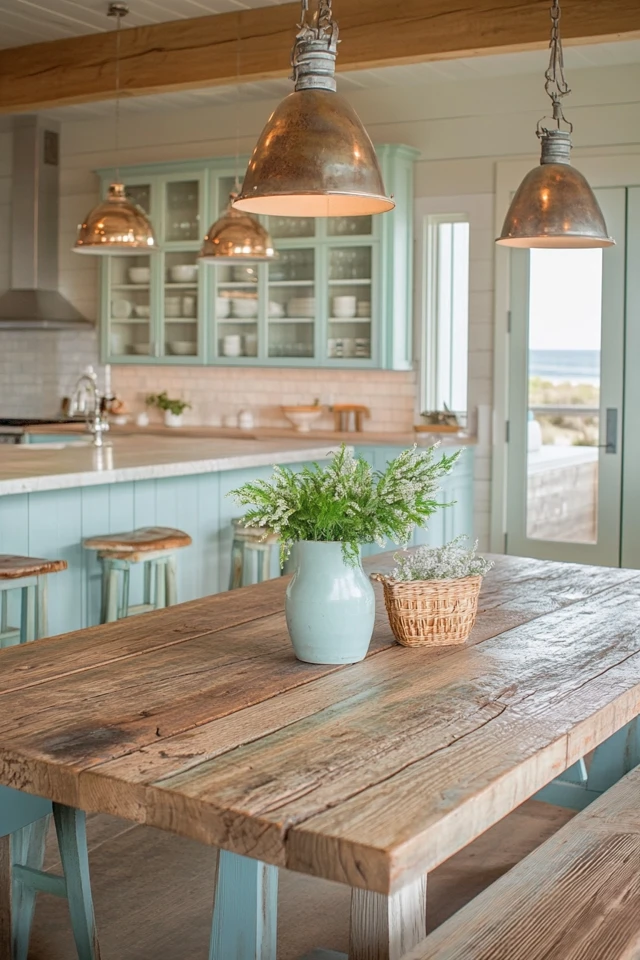
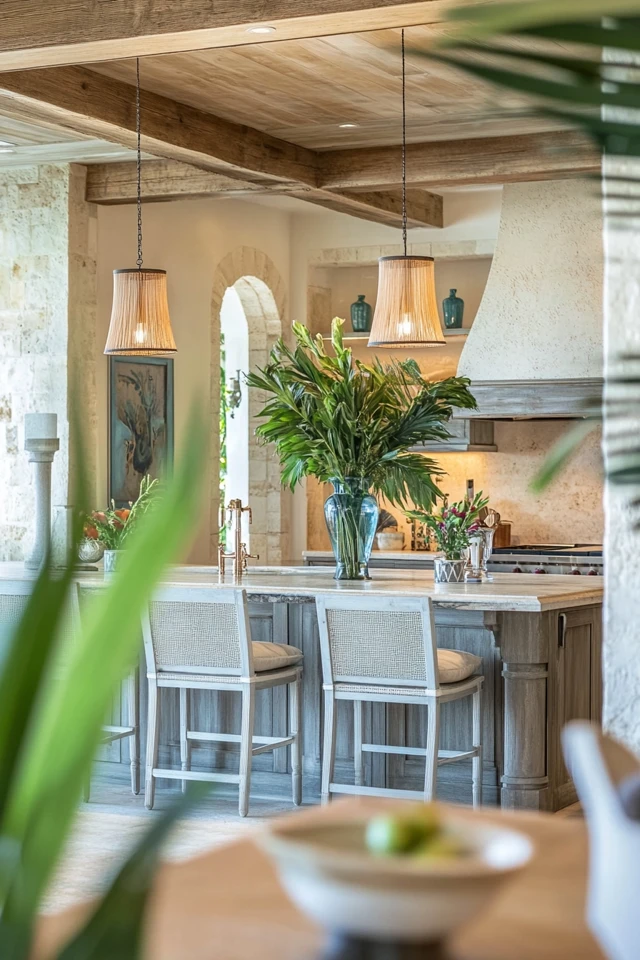
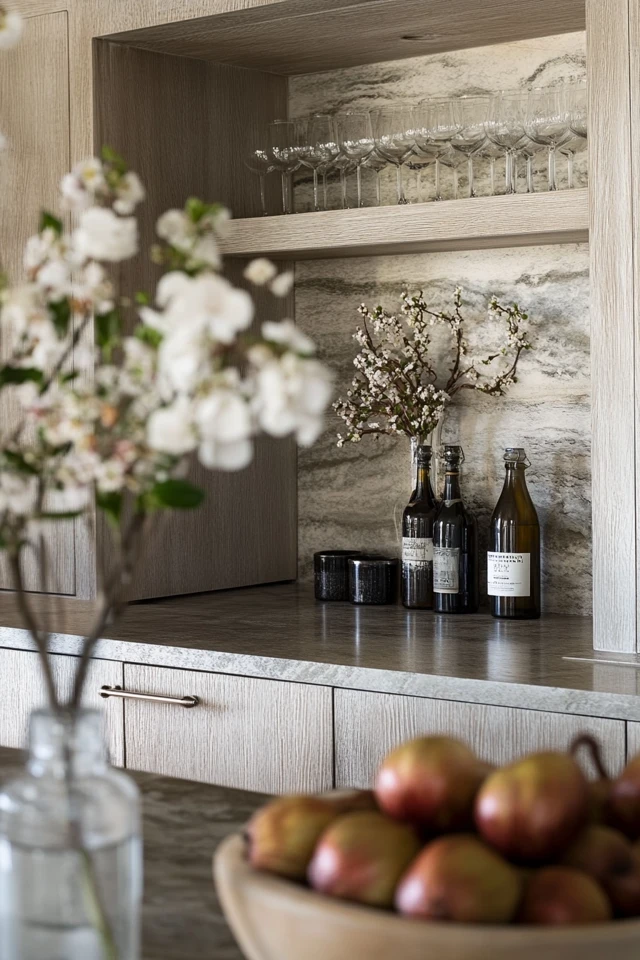
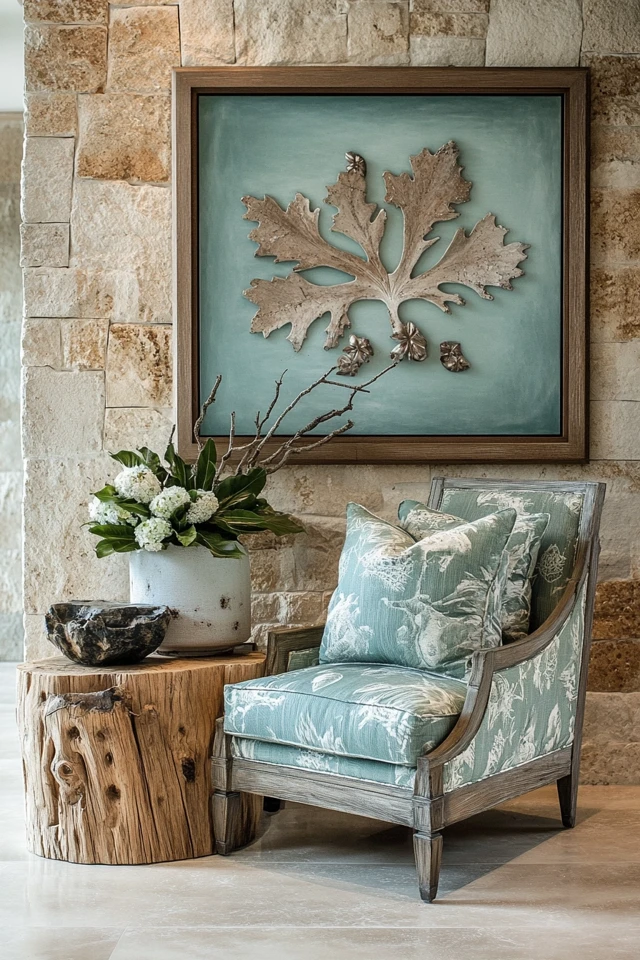
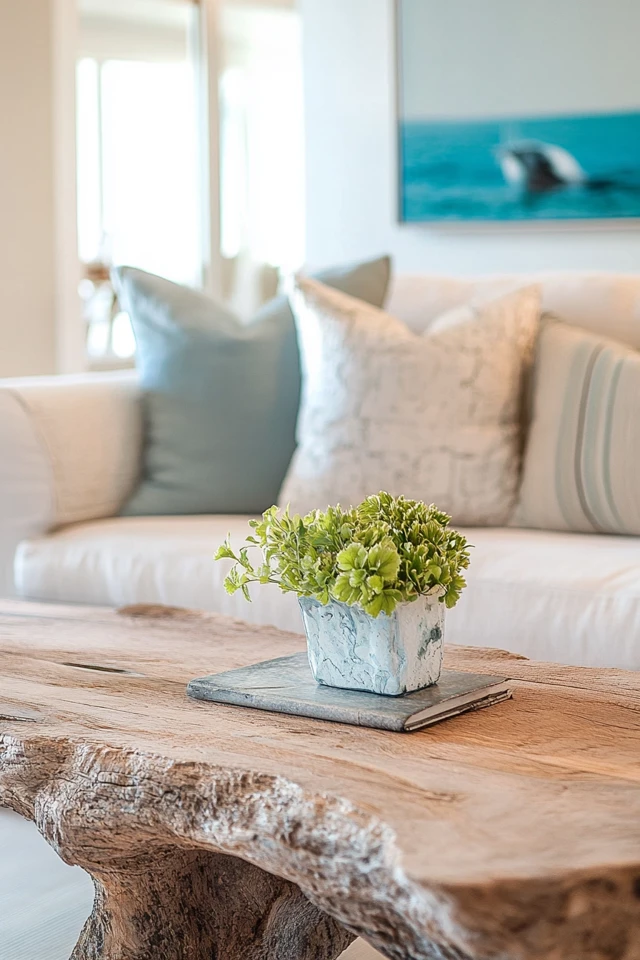
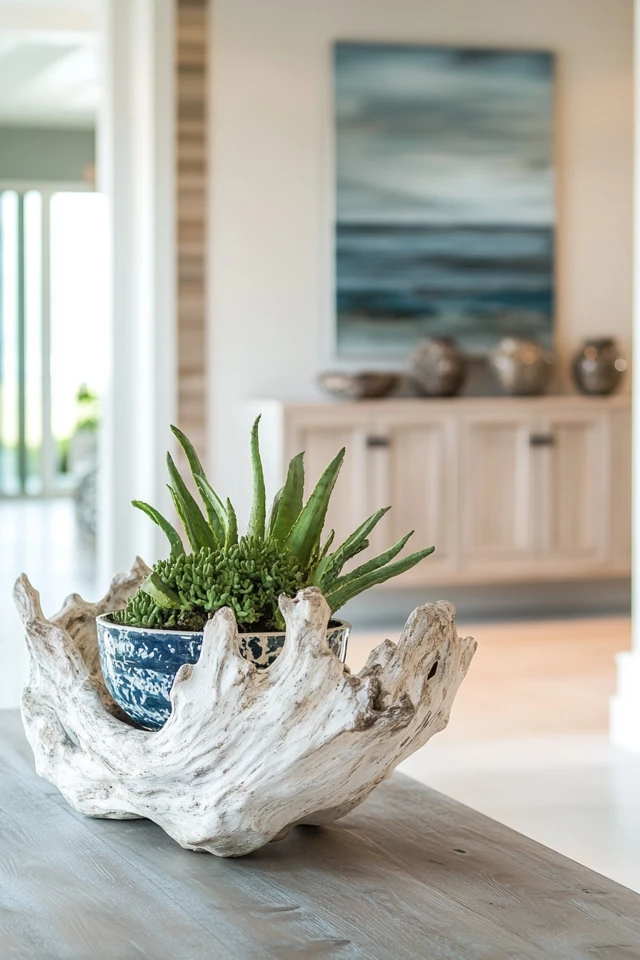
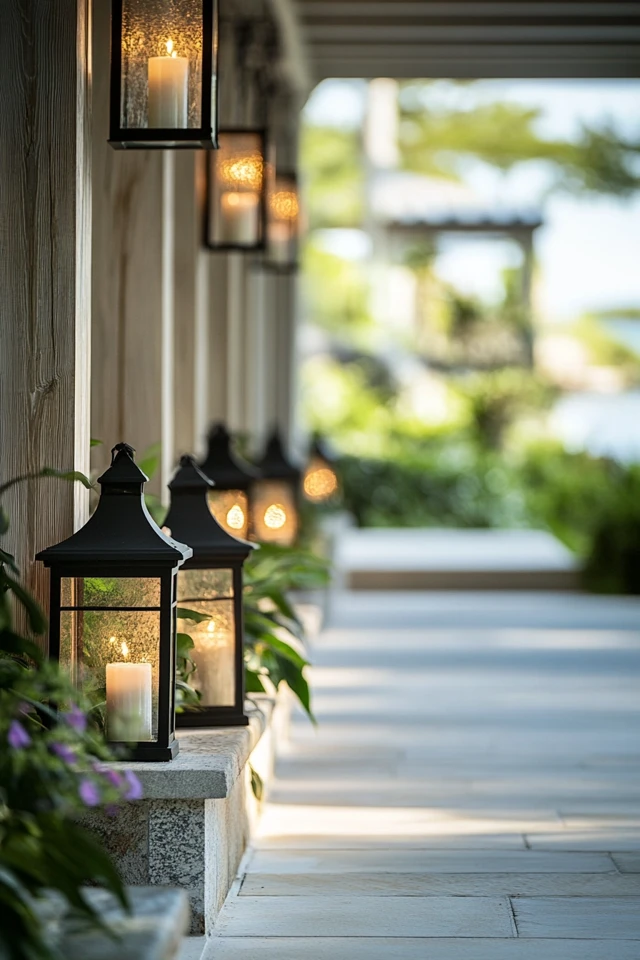
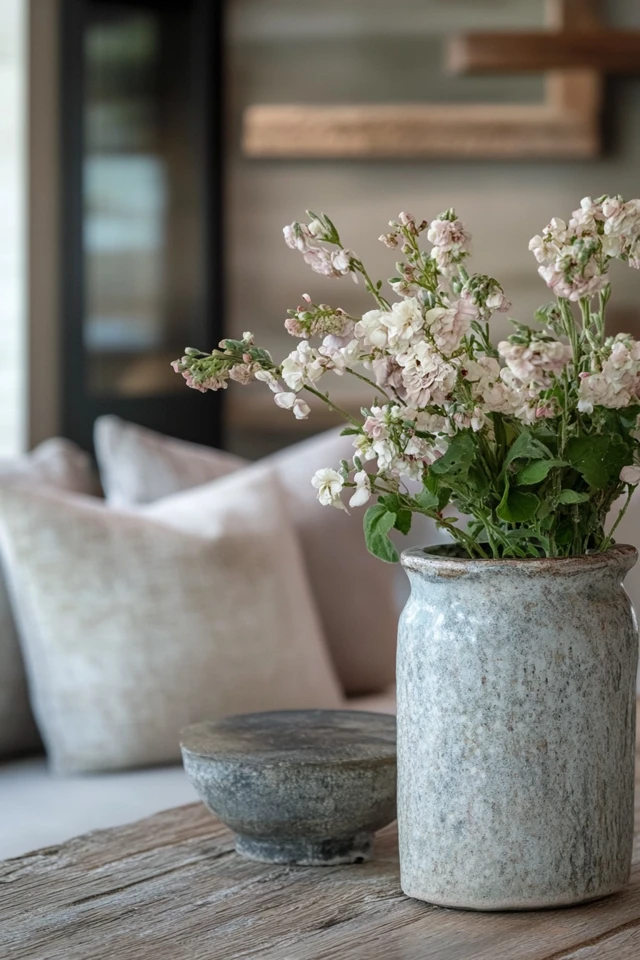
Why These Key Elements Work So Well Together
When blending coastal with other styles, it’s all about creating harmony between contrasting elements. Here’s why the key elements of coastal design pair beautifully with other aesthetics:
- Neutral Base: Coastal design’s light, neutral tones – like whites, creams, and sandy beiges – provide the perfect foundation for layering in bolder elements from other styles.
- Natural Materials: The use of rattan, jute, linen, and wood in coastal design adds warmth and texture, making it a natural complement to styles like rustic, boho, or modern.
- Calming Color Palette: Soft blues, greens, and grays serve as a unifying thread that ties different styles together, creating a sense of cohesion even when mixing bold or contrasting elements.
- Textural Layers: Coastal design emphasizes tactile elements like woven rugs and soft textiles, which can balance out harder, more structured styles like industrial or mid-century modern.
- Timeless Accessories: Coastal accents like driftwood, shells, and ocean-inspired artwork are subtle enough to work with a wide variety of decor styles, adding character without overpowering the space.
These elements make coastal design an adaptable and versatile base for mixing and matching.
How to Mix and Match Coastal Styles: Step-by-Step
- Start with a Coastal Foundation
Use coastal design as your base by starting with light, neutral colors on your walls and larger furniture pieces. This creates an open, calming backdrop that’s easy to layer onto. - Incorporate a Secondary Style
Choose a complementary style that reflects your personality. For example:- Pair coastal with mid-century modern for a sleek, retro look.
- Blend coastal with boho chic for a relaxed, eclectic vibe.
- Mix coastal with industrial for an edgy, urban twist.
- Balance the Proportions
Keep one style dominant and use the secondary style as an accent. For example, let coastal elements like a white slipcovered sofa and natural textures take center stage, while adding mid-century modern furniture or industrial lighting as complementary touches. - Focus on a Unified Color Palette
Use coastal-inspired colors like blues, whites, and sandy neutrals as your unifying palette. Even bold elements from other styles, like a boho rug or a modern art piece, will feel cohesive when tied to the same color scheme. - Blend Textures Thoughtfully
Combine natural coastal textures (like rattan, jute, and linen) with materials from your secondary style. For instance, pair a jute rug with a leather mid-century modern chair or mix driftwood decor with industrial metal shelving. - Layer Decorative Accents
Incorporate decor from both styles for a layered look. A gallery wall with abstract art and coastal photography, or a mix of boho macramé and seashell decor, creates visual interest and tells your story. - Play with Contrast
Contrast is key to mixing styles. Pair sleek, modern furniture with soft, coastal textiles or juxtapose rustic farmhouse wood with breezy, white coastal decor for a dynamic and balanced look. - Add Statement Pieces
Use a standout item to bridge the gap between styles. For example, a shell chandelier can work in a boho-coastal dining room, or a weathered wood coffee table can tie together industrial and coastal elements. - Incorporate Greenery
Plants are a great way to bridge styles. Potted palms, succulents, or trailing vines work equally well in coastal, boho, and modern spaces, adding a fresh and organic touch. - Make It Personal
Include personal items like travel souvenirs, family heirlooms, or DIY projects to give your space a unique, customized feel. These pieces make the design feel intentional and personal, no matter how many styles you’re mixing.
FAQ Section
1. Can I mix more than two styles in a coastal space?
Yes, but keep the proportions balanced. Stick to one dominant style, with two or three secondary influences to avoid overwhelming the space.
2. How do I ensure my mixed-style space feels cohesive?
Use a consistent color palette and repeat textures or materials across different elements of the room. This creates a sense of unity even when combining contrasting styles.
3. What are some unexpected styles that pair well with coastal design?
Styles like industrial, glam, and Scandinavian can pair surprisingly well with coastal elements. For example, industrial metal accents or Scandinavian minimalism can add an interesting twist to a coastal foundation.
4. Can I mix coastal with bold, colorful styles like maximalism?
Absolutely! Use the light, neutral tones of coastal design as a base and layer in bold patterns, colors, and eclectic decor for a playful yet cohesive look.
5. How can I mix styles on a budget?
Thrift stores and flea markets are great for finding unique decor items. DIY projects, like repainting furniture or creating your own art, can also help you achieve a custom look without breaking the bank.
Variations
- Coastal Boho: Layer bohemian rugs, macramé wall hangings, and colorful textiles over a coastal foundation of light wood and soft blues.
- Mid-Century Coastal: Combine sleek, retro furniture with natural materials like jute and rattan for a chic, modern take on coastal design.
- Rustic Coastal: Use weathered wood furniture, galvanized metal accents, and cozy textures for a farmhouse-inspired coastal look.
- Industrial Coastal: Pair industrial lighting, exposed metal, and raw wood with breezy, coastal elements like linen throws and ocean artwork.
- Scandinavian Coastal: Keep it clean and minimal with light wood furniture, simple lines, and a monochromatic palette of whites and soft blues.
Conclusion
Mixing coastal design with other styles is a creative way to craft a space that’s not only beautiful but also uniquely yours. By blending the calm, breezy essence of coastal decor with complementary influences, you can create a custom space that feels layered, intentional, and full of personality.
Whether you’re drawn to the simplicity of Scandinavian design, the charm of boho accents, or the sleekness of modern aesthetics, coastal design provides the perfect foundation for experimenting and exploring your style. I’d love to see how you’ve mixed and matched styles in your home – share your photos and ideas, and let’s inspire each other to create spaces that truly reflect who we are!

